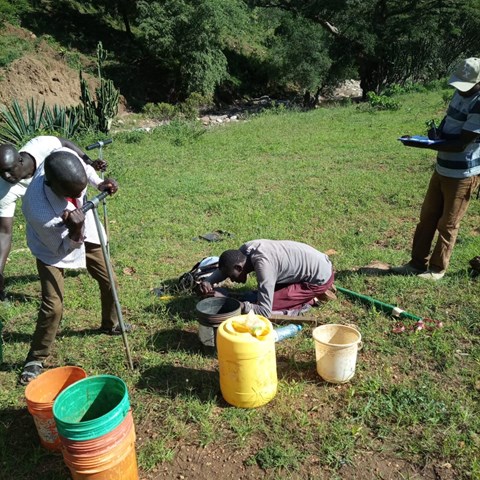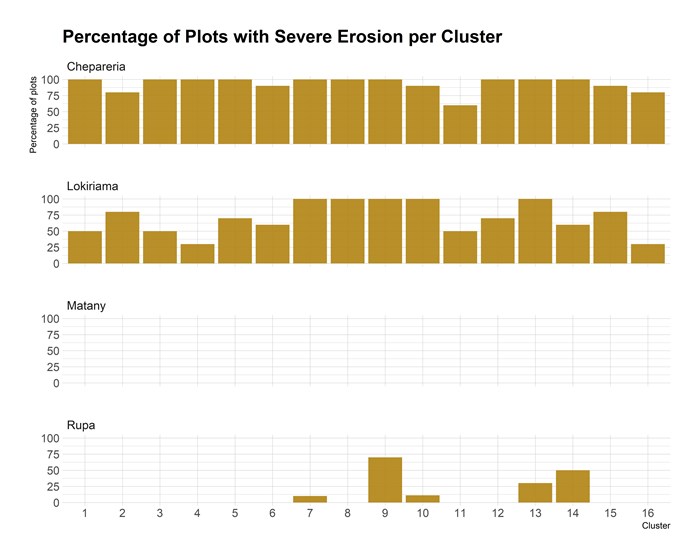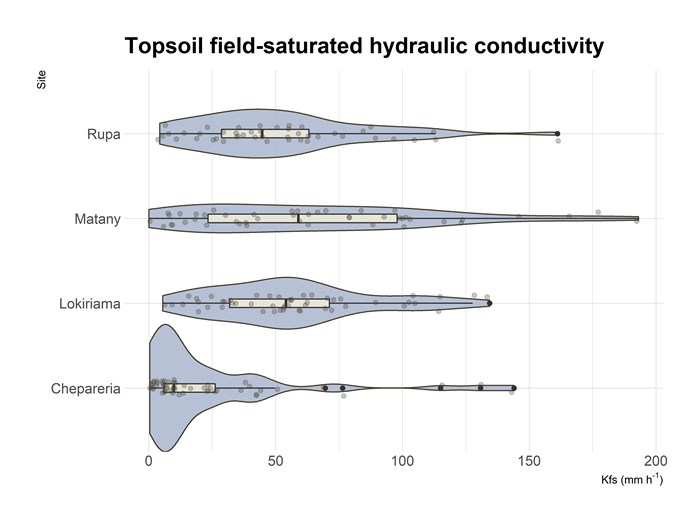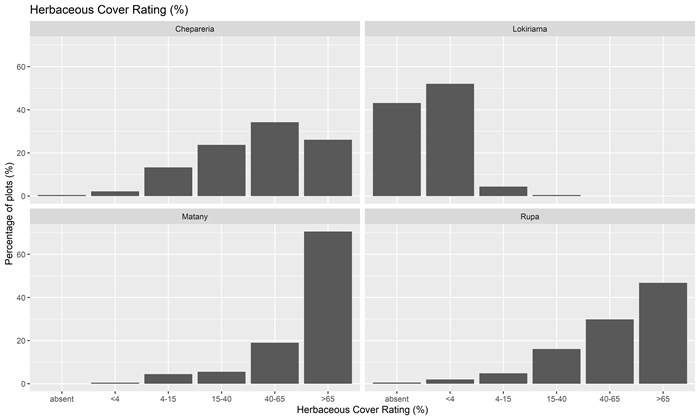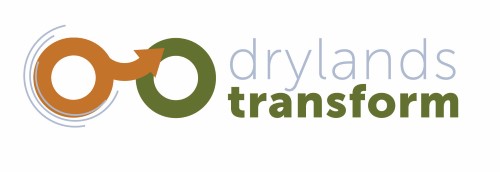Field data on soil and land health has been collected across the four project sites using the Land Degradation Surveillance Framework (LDSF) to provide a biophysical baseline at the landscape level.
The LDSF is a comprehensive methodology providing a set of consistent indicators and field protocols to assess soil and land health. Indicators measured with the LDSF include vegetation cover and structure, tree, shrub and grass species diversity, current and historical land use, soil properties (soil organic carbon, total nitrogen, infiltration capacity, texture, etc.) and soil erosion prevalence.
The data and evidence generated using the LDSF are valuable for farmers, pastoralists and extension workers, project managers and national and district-level decision-makers. This data will be used with data from the project household surveys to understand the links between land health and human health across the four study sites.
Preliminary results from the LDSF surveys show substantial differences among the four study sites regarding soil and land health indicators. For example, in the Kenyan sites, the prevalence of severe erosion was very high and soil infiltration capacity was low.
In contrast, in the two Ugandan sites, herbaceous cover was high and erosion prevalence low. Chepareria site, in West Pokot county (Kenya), had the highest diversity of woody plants, while Matany, in Napak district (Uganda) had the lowest.
Many of the identified trees and shrubs provide critical ecosystem services to local communities, from dry-season fodder to food. The number of identified perennial grass species was highest in Chepareria and lowest in Lokiriama (Turkana, Kenya).
